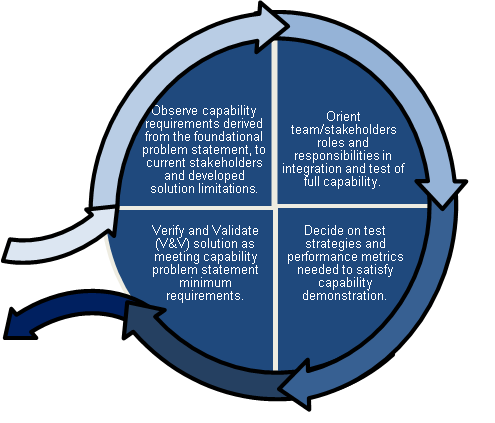Developmental OODA Loop 2: Derive
- Derek Doyle
- Jun 12, 2023
- 2 min read
As you pursue a concept and learn about the theoretical limits of the approach the second stage you will come to is deriving an application. In this step, you are now more focused on the practical limitations of the idea. How well will it scale? How does it get packaged into a potential solution? What kind of supporting subsystems have to accompany it? Are there any controls or tuning needed? These kinds of questions will inform the trade studies needing understanding to properly derive later requirements of a chosen system vision. The OODA steps for this phase follow the following:
1. Observe the multitude of applications that are feasible based on the previous discoveries. Consider alternative use cases for potential pivot points later on should elements of the chosen capability path prove to be impractical.
2. Orient trade studies to a defined schedule with clear goals of the metrics being explored for a given trade. Align these in such a way that if answers for one are relevant to another, they overlap or sequentially follow appropriately, so as to allow critical information to be utilized.
3. Decide on which efforts are most critical to a chosen capability vision. It is likely that there will be far more ideas on trades to derive practical limits than there are resources to solve them. So before acting on the plan, prioritize those that are necessary to a potential design approach and let that prioritized grouping be referenced when executing or seeking out funding to support specific tasks. (Don't bank all these tasks on a single funding source either, spread them out in appropriate groupings to avoid double dipping legal issues)
4. Act on the plan using internal funds or seeking external support and performing detailed analysis working towards a set of derived conditions that will dictate the boundaries and functional needs of the coming design.
By following these basic steps, developers should be able to come up with a well-informed IP reserve to properly scope the next phase of work and will hopefully have some useful digital engineering tools or basic proofs of concepts to showcase the capability.






Comments